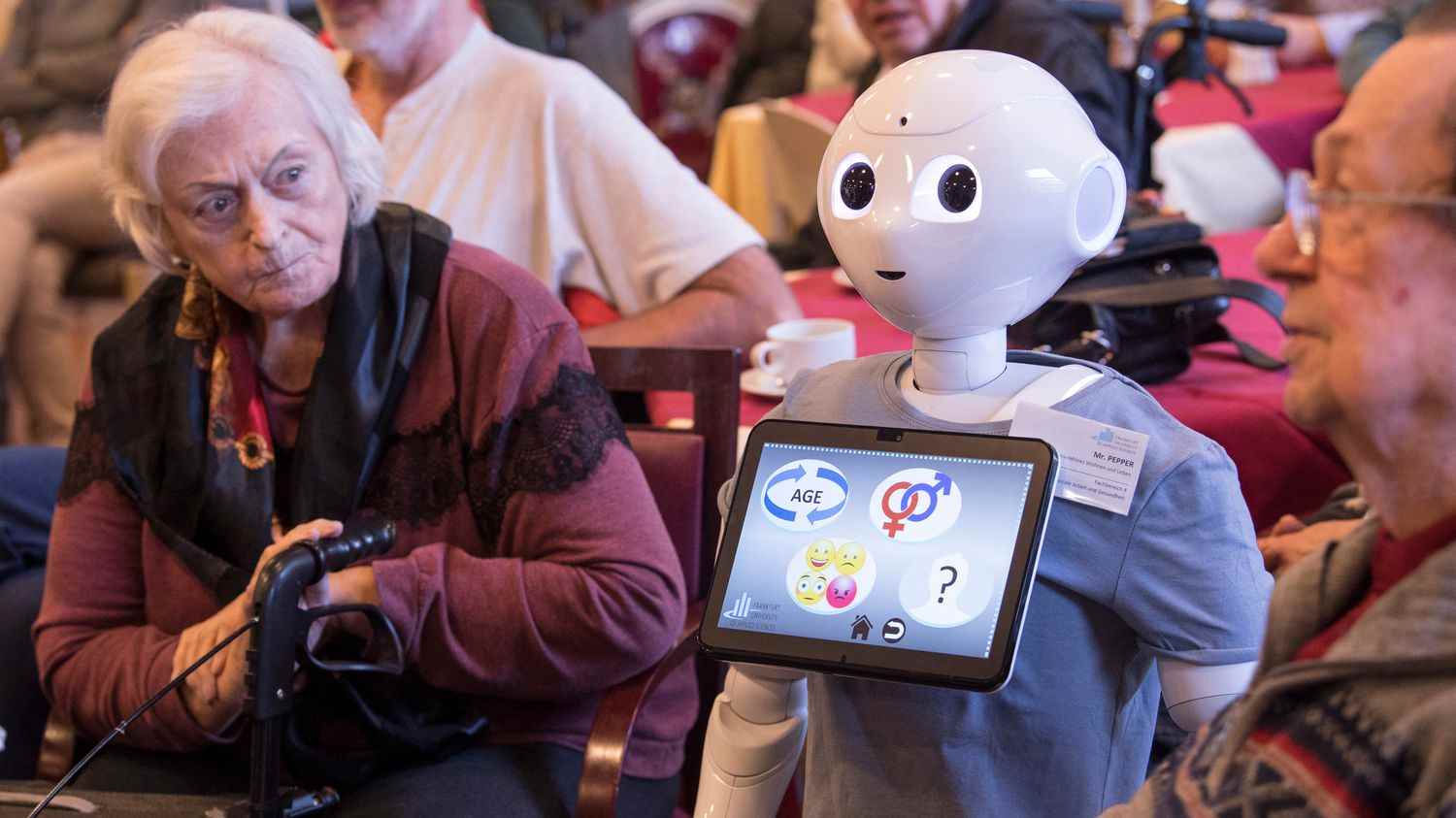In France, personal assistance robotics is developing more and more, especially since the pandemic, offering services that can relieve family caregivers and structures lacking staff.
The home help market is booming and its demands are of a different kind than simply carrying out household chores. Needs for transport, medical assistance or personal assistance are increasingly being expressed. Also the development of artificial intelligence and robotics opens new perspectives.
Japan is unquestionably the leading country in the field of assistance robots in terms of travel assistance for people with reduced mobility or disabilities, and assistance with dressing or surveillance.
There is also a real demand for companion robots to stimulate the interactions of isolated people through simple conversations or brain training programs, which can prevent the development of dementia.
One of the challenges of these robots concerns their acceptance by the general public. It is the robot that must adapt to the human, and not the other way around: it is by basing the design of robots on this logic that they will become more widely accepted.

In his book Elderly people and robots published by Berger Levrault, in the essays collection, Au Fil du Débat, Emmanuel Aubin, associate professor of law faculties, professor of public law at the University of Tours, also provides courses in right to social assistance and action. The author takes stock of these technological contributions and details the legal and ethical issues of aging.
Instead of fearing the growing place of robot assistants in the public space, he reflects on an ethical and legal framework that would allow actors working with the elderly to think of a new emotional relationship between the “machine” and Man.
Paro, Nao, Buddy, Romeo, Pillo, are the robots that we are beginning to know for assisting the elderly. In Japan, there is among others the Mobiro robot from Toyota, specialized in short-distance personal transport, showing itself capable of going up or down stairs, and following a person while avoiding obstacles.
